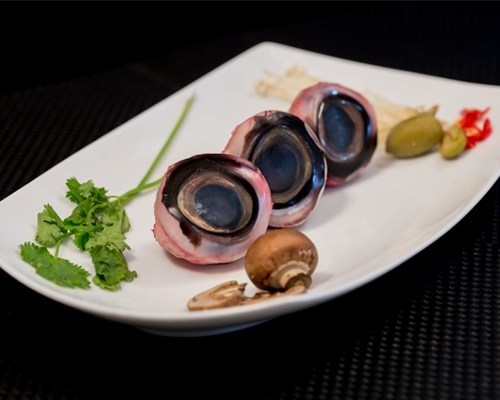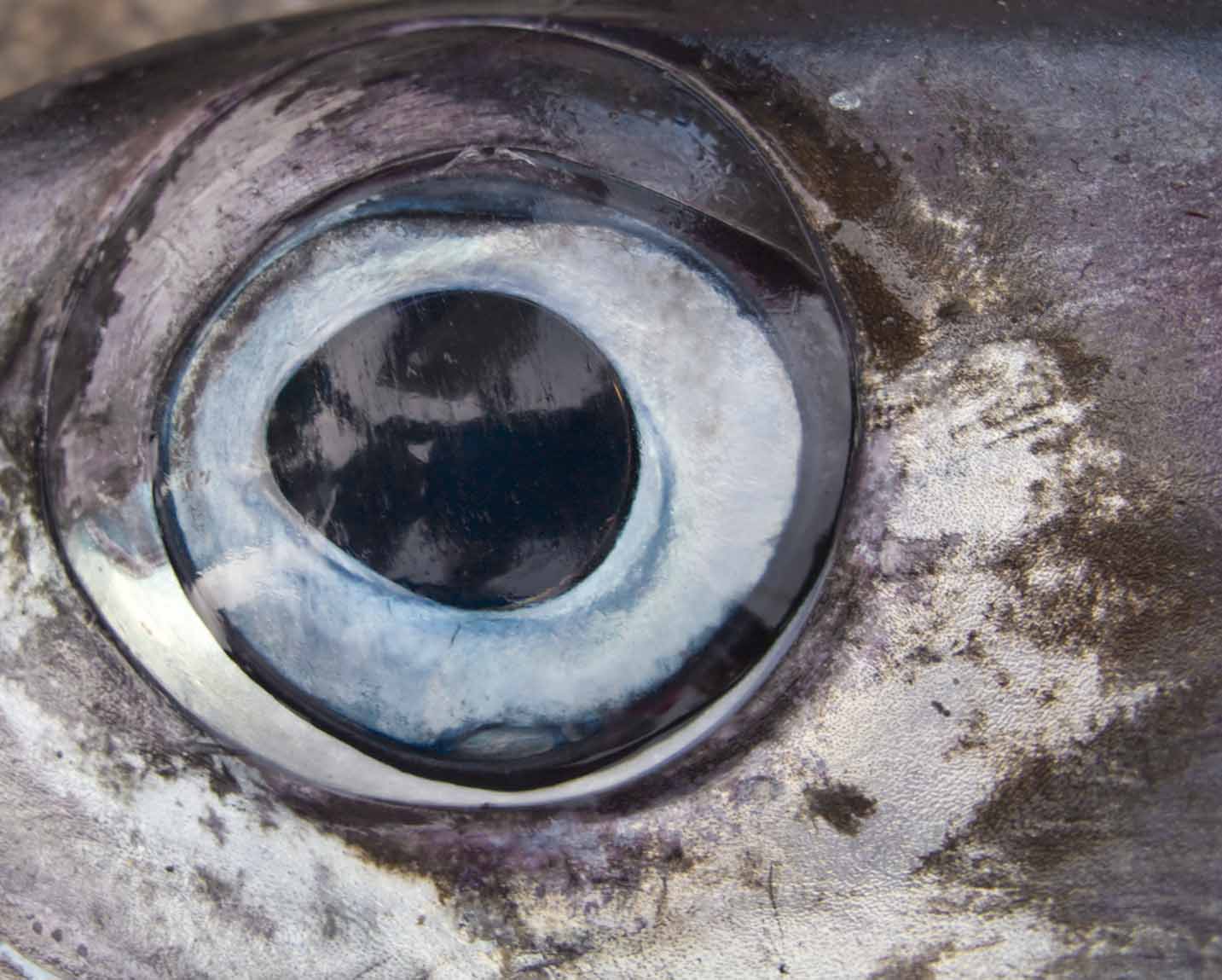

The eyes of bigeye tuna are well developed and with a large spherical lens allowing their vision to function well in low light conditions. These heat exchangers are engaged to conserve heat in deeper colder waters and are disengaged to allow rapid warming as the tuna ascend from cold water into warmer surface waters, providing short-latency, physiological thermoregulation.

Vascular counter-current heat exchangers maintain body temperatures above ambient water temperature. Bigeye tuna are reported to tolerate ambient oxygen levels of 1.0 mL/L and routinely reach depths where ambient oxygen content is below 1.5 mL/L, largely due to the presence of blood with a high oxygen affinity.

They have 13 or 14 dorsal spines.īigeye tuna have a unique physiology which allows them to forage in deeper colder waters and tolerate oxygen-poor waters. The pectoral fins are very long, reaching back beyond the start of the second dorsal fin in juveniles and the space between the first and second dorsal fin in adults. They are large, deep-bodied, streamlined fish with large heads and eyes. Maximum weight of individuals probably exceeds 180 kg (400 lb), with the all-tackle angling record standing at 178 kg (392 lb). Bigeye tuna can grow up to 250 centimetres (98 inches) or 8 feet, in length.


 0 kommentar(er)
0 kommentar(er)
